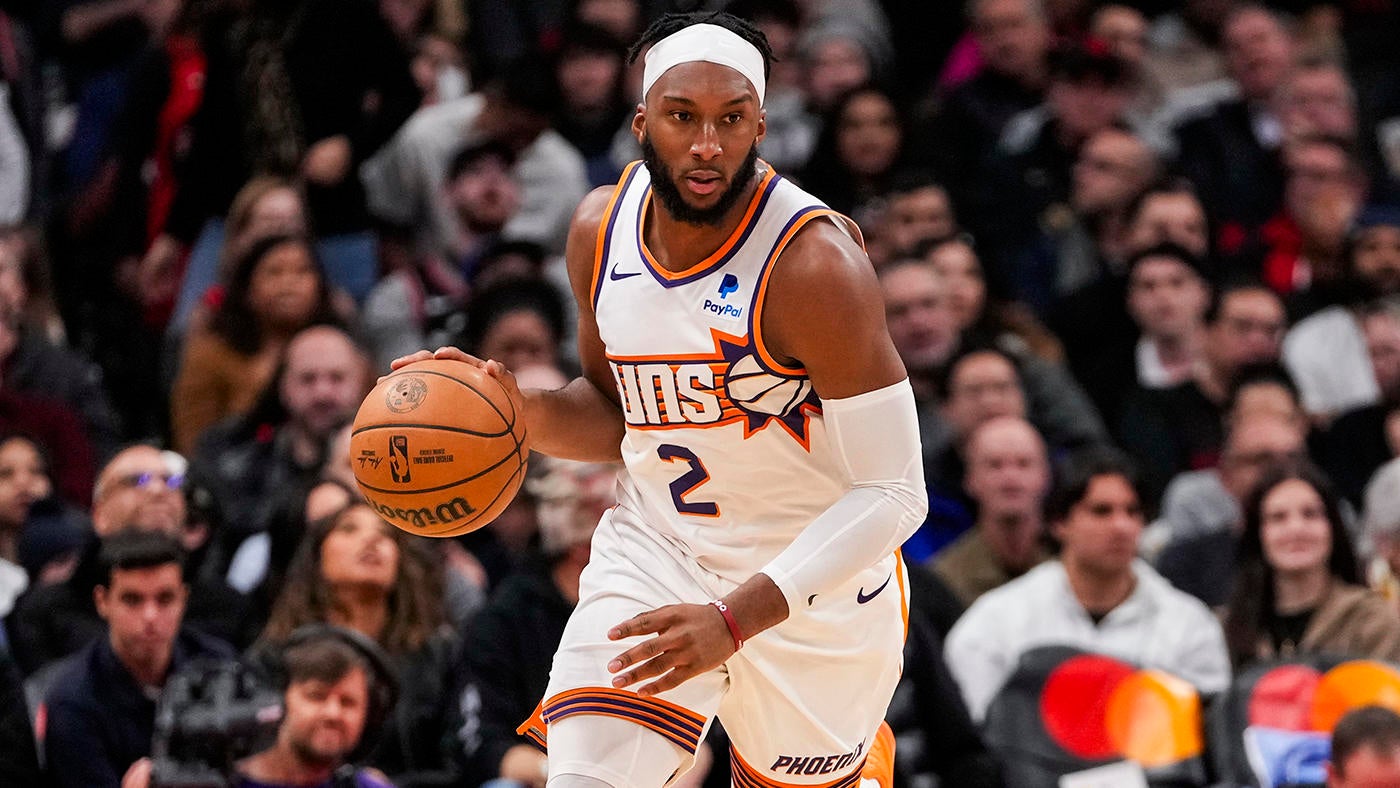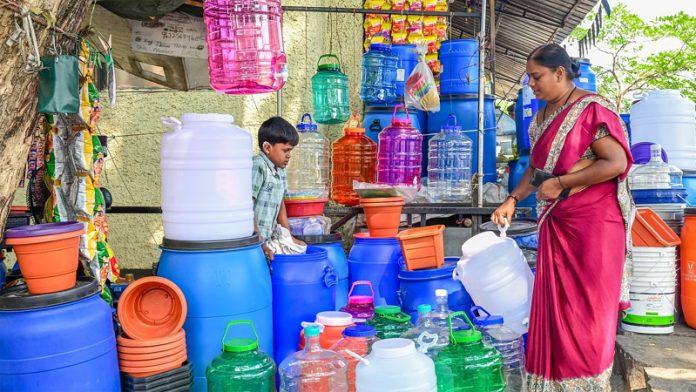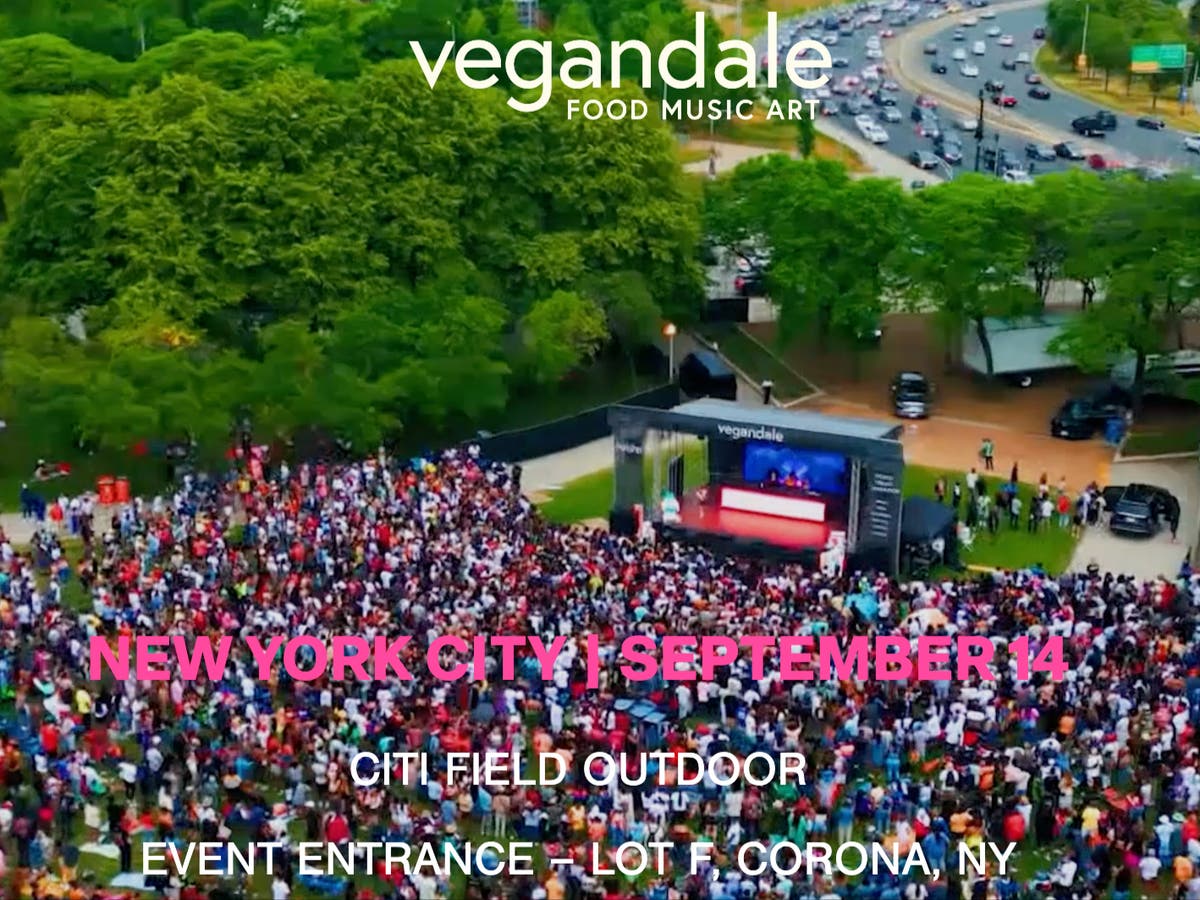Josh Okogie has never been much more than a minimum-salary-caliber player in the NBA . He reached the league as the No. 20 overall pick of the Minnesota Timberwolves in 2018 and has never started a full season or averaged double-figures in scoring.
The most he's ever earned in a single season is around $4 million in the last year of his rookie-scale contract. He's a stellar defender that can't stay on the court because he can't shoot. That has even been true for the Phoenix Suns , a team with nearly infinite shooting and a desperate need for defense.

Okogie has averaged only 17.5 minutes per game in two seasons in Phoenix. The Suns gave him only 29 minutes total in a four-game sweep at the hands of the Timberwolves in April.
Nothing about this screams much more than "fringe NBA player." So..
. why did the Suns reportedly just give Okogie a two-year, $16 million contract that nearly doubles the highest salary he's ever earned? Well, the simple answer: They could. If you've read any story about roster-building this offseason, you know that this is the part where we bring up the second apron.
The Suns haven't just crossed the line. They can barely even see it anymore. The second apron line is $188,931,000.
Phoenix, according to Yossi Gozlan's cap sheets , owes its players $223,058,128 this season in salaries alone. Luxury taxes nearly double that figure. All told, Gozlan projects this roster to cost $428,421,459 in combined salaries and taxes this season, and as we covered even before the Okogie contract, there are scenarios in which Phoenix enters the 2025-26 season with a total payroll exceeding $500 million.
At a time when the entire NBA has tightened its collective belt, Ishbia is seemingly doing everything in his power to spend $1 billion in payroll over the next two seasons. Why? Because the second apron is forcing his hand. The Suns won only 49 games last season with a roster that figures to decline with age.
They have to improve if they plan to meaningfully compete in the Western Conference, and frankly, there is no way to justify these expenditures, both financially and in terms of the draft picks they've already invested in trades, if they don't genuinely contend. Here's the problem: the second apron has effectively cut them off from most methods of improving their roster. They can't aggregate salaries in trades.
They can't trade for more money than they send out. They can't sign free agents for any version of the mid-level exception. They can't sign free agents on the buyout market unless their previous salary was below the non-taxpayer mid-level exception.
They can't even give away cash in trades. The only foolproof way they have of adding external players is through minimum-salary free agents. Monte Morris was a good start.
Monte Morris is not turning a 49-win team into a champion. One thing the second apron doesn't do, though, is restrict your ability to re-sign your own free agents. Doing so remains cumbersome if your team salary reaches it because all of those restrictions still apply on other moves, but technically speaking, if you have Bird Rights on all of your own free agents, there is nothing stopping you from re-signing each and every one of them to max deals (or at least whatever their version of the max turns out to be).
The Suns haven't quite gone that far, but re-signing their own players is what has pushed them so far above the aprons. Phoenix is around $34 million above the second apron right now. Ishbia extended Grayson Allen ($15.
6 million using veteran extension rules), Royce O'Neale ($9.4 million with full Bird Rights) and Okogie ($7.7 million with Early Bird Rights) for deals that will pay a projected $32.
7 million. The Suns could have let them go and found a way to duck below the second apron. Instead, they zoomed past it.
The obvious explanation for why is, again, that they could. They were allowed to pay Allen, O'Neale and Okogie this money through the Bird Rights and veteran extension systems. Had they walked, Phoenix would have had no pathway to replacing them for similarly-priced free agents.
The Suns could pay them or lose them for nothing. The Suns chose to pay them. But in the long run, it wasn't quite as simple as "keep them or lose them for nothing.
" No, these Bird Rights contracts are Phoenix's path to the sort of external improvement we all know it needs. The Suns can't aggregate salaries in a trade. They can't take in more money than they send out in a trade.
We've covered this already. But you know what they can do? Send out a single player, potentially alongside draft capital (and they still have their very valuable 2031 first-round pick available to them) while bringing back a different player or players that earn less than the one they send out. Put more simply, say the Suns decide in February that they really want a $7.
6 million player. If all they had beyond their stars were minimum deals, they'd have no way of matching money. But having Okogie on the books at $7.
7 million gives them the means to match money. Re-signing their own players was their only path to generating any sizable salary slots through trade under the second apron's restrictions, so Phoenix took it. The Suns, right now, have a salary fit to be traded for nearly anyone making $18 million or less.
They have Nassir Little ($6.7 million), Okogie ($7.7 million), O'Neale ($9.
4 million), Allen ($15.6 million) and Jusuf Nurkic ($18.1 million).
They can't combine these contracts, but they can use any one of them individually to trade for similarly-paid players. This opens up the majority of the role-player market to them from a trade perspective. Is that flexibility worth the millions of dollars in salary and luxury taxes that Phoenix just paid for it by re-signing, say, Okogie, who doesn't figure to have a significant on-court role next season? Well, that's up to Ishbia.
To him, it only really costs money. They're over the second apron anyway, and as it's a two-year deal, it won't put the Suns in a position in which they face the added risk of dropping their frozen 2032 first-round pick to No. 30 overall because they would need to be in the second apron three times in the next five seasons for that to happen.
Is it likely that there is a role player worth more than Little's $6.7 million but less than Okogie's $7.7 million that drastically alters their playoff hopes and justifies the decision to pay all of this extra money? Probably not, but it's just money, so if he's willing to pay it, there's no harm in having the contract.
Who knows, maybe this price was strategic. It's entirely possible that the Suns have a specific target in mind and constructed the Okogie deal precisely to trade for that player without touching the core of the roster. Notably, the salary Gozlan projects for Okogie is identical to the projected salary for Detroit Pistons wing Simone Fonntechio, according to Spotrac , though until deal structures are finalized, we can't say for certain that they are a dollar-for-dollar match.
There are only 11 players earning between Okogie's projected pay and Little's, and most of them don't seem like trade candidates. In all likelihood, Little would have sufficed as a matching salary in a deal for most rookie-scale players, but without knowing what the Suns are planning, we can't say for certain whether or not paying Okogie was worthwhile. We probably won't have an answer for that until February.
Is this necessarily the prudent way to build a franchise in the second apron era? No, but Ishbia punted his chance at prudence when he YOLO'd all his picks for Kevin Durant . Under the constraints of their previous moves and these new rules created, the Suns have done as much as could reasonably have been asked of them to maintain some degree of flexibility heading into the 2024-25 season. They may not have much of it, but Ishbia's spending has at least created enough to find an upgrade or two that otherwise wouldn't have been available.
.



















